How Do Wildfires Start: Understanding the Origins
- April 5, 2024
- 0 comment
Wildfires are powerful, often devastating forces of nature that can sweep across landscapes, affecting ecosystems, human lives, and properties.

The impact of these fires extends far beyond the immediate blaze, as they significantly alter ecosystems, often leading to loss of habitat and biodiversity. For humans, the consequences can be dire, threatening lives, homes, and entire communities, and often resulting in substantial economic and emotional hardship.
Understanding how wildfires start is crucial for prevention and preparedness. This article explores the various causes of wildfires and the conditions that allow them to spread.
List on How Do Wildfires Start
- Natural Causes of Wildfires
- Human Causes of Wildfires
- Environmental Conditions Affecting Wildfire Spread
- Prevention and Awareness
1. Natural Causes of Wildfires
Natural causes of wildfires primarily involve environmental and weather-related phenomena, where no human intervention is involved.
Lightning
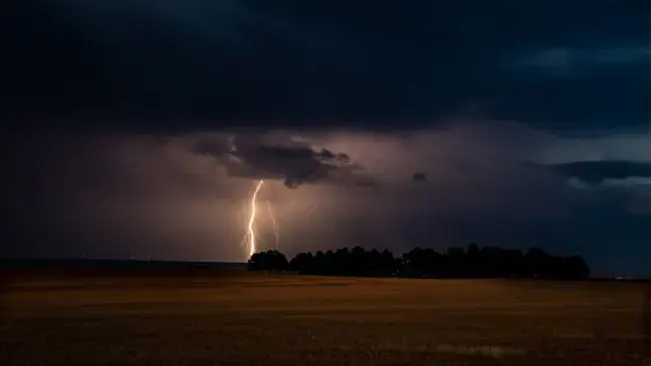
- Lightning strikes are a major natural cause of wildfires. When lightning touches down, it can instantly heat the air to temperatures five times hotter than the sun’s surface, causing sparks or flames upon contact with flammable surfaces.
- Dry lightning is particularly dangerous for wildfire initiation. This is lightning that occurs without accompanying rainfall, leaving the lightning’s intense heat as the only factor, which can easily ignite dry vegetation.
- The randomness and unpredictability of lightning strikes, combined with the potential for multiple strikes in a short period, can lead to simultaneous fires in a large area, overwhelming local firefighting resources.
Volcanic Eruption
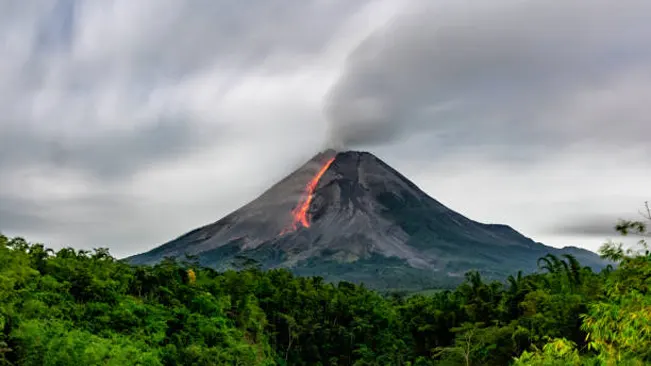
- Volcanic eruptions can start wildfires in a couple of ways. First, the intense heat from flowing lava can set nearby vegetation on fire. Lava flows, while typically slow-moving, are so hot that they can ignite materials well in advance of actual contact.
- Secondly, pyroclastic flows – fast-moving currents of hot gas and volcanic matter – can also start fires. These flows can reach temperatures of about 1,000°C and move at high speeds, incinerating everything in their path.
- The areas around volcanoes are at risk not only from the initial eruption but also from the wildfires that can follow, further complicating evacuation and rescue efforts.
Spontaneous Combustion

- Spontaneous combustion occurs when a material heats up to its ignition point without an external flame or spark. This can happen through a combination of chemical reactions, microbial action (as in a hay or compost pile), or heat buildup.
- It’s a less common cause of wildfires but can occur in agricultural settings or with industrial waste. For example, a pile of oily rags left in the sun can heat up and ignite, or a compost heap can develop enough heat internally to start burning.
- Understanding and monitoring such materials, especially in hot, dry environments, is crucial to prevent this rare but potentially hazardous cause of wildfires.
Sunlight Refraction

- This refraction can focus the sunlight into a concentrated beam, much like a magnifying glass does. The concentrated light increases in intensity, producing significant heat at the focal point.
- Under the right conditions, this focused heat can ignite flammable materials like dry leaves or grass.
- Dry, sunny weather and the presence of combustible materials enhance the risk of fire ignition through sunlight refraction.
It’s important to note that while these natural causes can start wildfires, the severity and spread of these fires are often influenced by other factors, including human activities, climatic conditions, and the health and management of forests and wildlands. Climate change, for instance, is leading to hotter, drier conditions in many areas, making the environment more prone to wildfires.
2. Human Causes of Wildfires
Human activities play a major role in the ignition of wildfires. Various actions and behaviors are primary contributors to these often devastating events.
Unattended Campfires
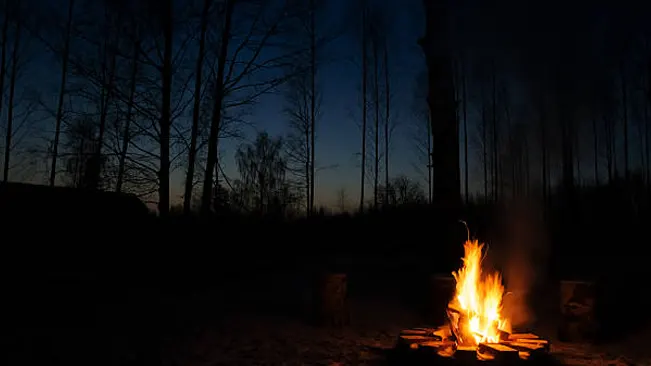
- Campfires are a major contributor to human-caused wildfires. When left unattended or not properly extinguished, they can easily spread to nearby vegetation.
- Embers or sparks from campfires can be carried by the wind, igniting fires at a distance from the original site.
- It’s crucial to completely douse campfires with water, stir the ashes, and check for any remaining heat before leaving the site.
Discarded Cigarettes
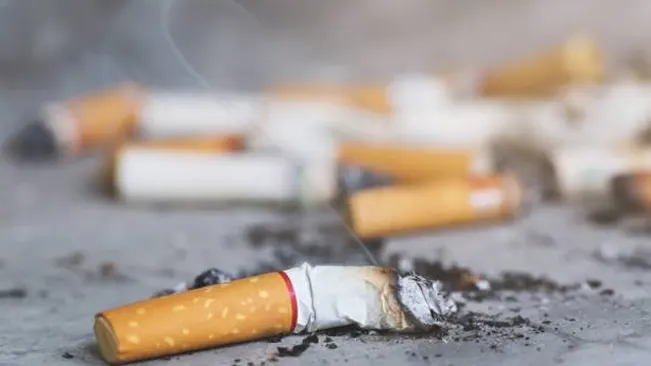
- Smoldering cigarettes are a common cause of wildfires, particularly in dry, wooded areas where there’s plenty of flammable material.
- When cigarettes are carelessly tossed onto the ground or out of car windows, they can ignite dry grass, leaves, or underbrush.
- The risk is higher during dry seasons and in areas experiencing drought conditions.
This mindful approach to watering will anchor the care routine for your Money Tree, ensuring its lush, green foliage continues to symbolize prosperity and growth in your home.
Burning Debris

- The practice of burning leaves, garbage, or brush can unintentionally lead to wildfires if not properly managed.
- Wind can carry sparks or flames to nearby areas that are rich in fuel, like forests or fields.
- It’s important to follow local guidelines for debris burning, including maintaining a safe distance from flammable materials and having fire suppression tools on hand.
Equipment and Machinery
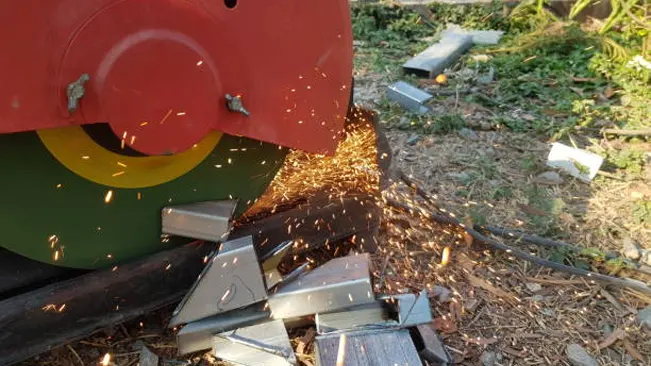
- Sparks from machinery and equipment, such as chainsaws, tractors, or even vehicles, can ignite wildfires, particularly in dry and windy conditions.
- Power lines are also a risk factor; falling lines or electrical arcs can start fires in nearby vegetation.
- Regular maintenance of equipment and adherence to safety protocols are key in minimizing this risk.
Understanding these human causes of wildfires underscores the importance of responsible behavior and adherence to safety guidelines, especially in fire-prone areas. Much of wildfire prevention hinges on awareness and conscientious actions by individuals and communities.
3. Environmental Conditions Affecting Wildfire Spread
Environmental conditions play a pivotal role in both initiating wildfires and determining their spread and intensity. The presence and interplay of various elements like vegetation, weather patterns, and topography are critical in shaping the behavior of wildfires.
Dry Weather and Drought

- Prolonged periods of dry weather lead to drought conditions, which significantly dry out soil and vegetation. This lack of moisture makes plants and trees more prone to ignition.
- Dried-out vegetation serves as perfect fuel for wildfires, allowing them to start more easily and spread more quickly.
- Drought conditions also reduce the availability of water resources, making firefighting efforts more challenging.
High Winds

- Winds play a critical role in the spread of wildfires. They can carry burning embers and sparks over long distances, potentially starting new fires far from the initial blaze.
- Strong winds can rapidly spread fire across vast areas and can change the direction of a fire unexpectedly, increasing the difficulty of firefighting efforts.
- Wind-driven fires are often more intense and faster-moving, leaving less time for evacuation and emergency response.
Low Humidity
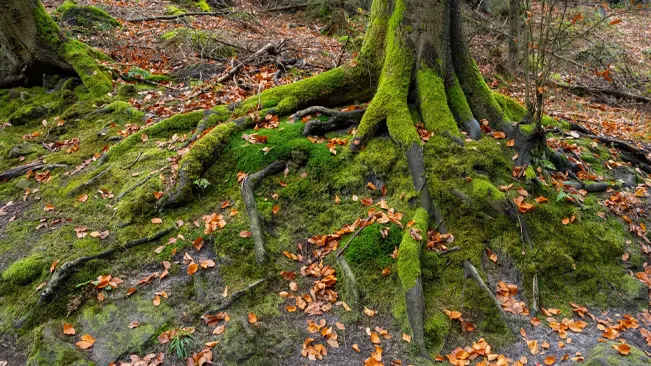
- Low humidity levels lead to drier air conditions. Dry air further desiccates plants and trees, making them more combustible.
- When the air is dry, moisture from vegetation evaporates more quickly, exacerbating the dryness of potential fuel for wildfires.
- Low humidity conditions often occur in tandem with high temperatures, creating an even more heightened risk for wildfires.
Temperature
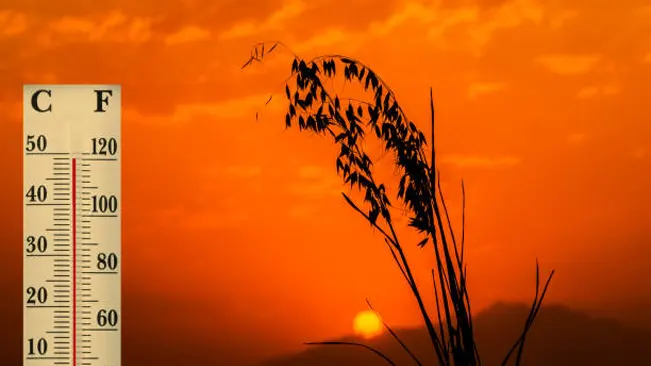
- Higher temperatures contribute to increased wildfire risk. Heat can cause vegetation to lose moisture, making it more flammable.
- Heatwaves, which are becoming more frequent and intense due to climate change, exacerbate drought conditions and can lead to an increase in the frequency and intensity of wildfires.
- Hot weather can also influence the behavior of fires once they have started, making them more unpredictable and challenging to control.
These environmental factors demonstrate how certain conditions can create a perfect storm for wildfires to ignite and spread rapidly. The interplay of these conditions also highlights the complexities involved in predicting and managing wildfire risks.
Prevention and Awareness
Education and Public Awareness
Educating the public about the causes of wildfires and how to prevent them is fundamental. This includes understanding the risks associated with activities like campfires, debris burning, and equipment use.
Awareness campaigns can inform the public about fire bans, restrictions, and safe practices, especially during high-risk periods.
Community Involvement
Communities, particularly those in fire-prone areas, can engage in programs like Firewise USA, which teaches people how to adapt their homes and surroundings to be more fire-resistant.
Local communities can also participate in creating and maintaining firebreaks, which are gaps in vegetation that can help stop or slow the spread of wildfires.
Safe Campfire Practices
Campers and outdoor enthusiasts should always follow safe campfire practices, such as keeping fires small, never leaving them unattended, and ensuring they are completely extinguished before leaving.
In areas with a high risk of wildfires, using alternative cooking methods like portable stoves can be a safer option.
Responsible Debris Burning
People should follow local guidelines for burning yard waste. This includes checking for burn bans, keeping a water source nearby, and ensuring the fire is completely out before leaving the area.
Composting and other waste disposal methods can be safer alternatives to burning debris.
Equipment and Vehicle Maintenance
Proper maintenance of machinery, equipment, and vehicles can prevent sparks that might ignite a wildfire. This is especially important for those used in or near wildland areas.
Farmers, construction workers, and other equipment users should be particularly vigilant during dry and windy conditions.
Building and Landscaping in Fire-Prone Areas
Homeowners in fire-prone areas can use fire-resistant materials for their homes and clear flammable vegetation from around structures.
Landscaping choices, such as creating defensible space around properties, can significantly reduce the risk of fire damage.
Support and Implement Fire Bans and Restrictions
Adhering to fire bans and restrictions during high-risk periods is crucial. These are implemented by authorities to reduce the risk of fire ignition when conditions are particularly dangerous.
Collaboration Between Agencies
Effective wildfire prevention involves collaboration between local, state, and federal agencies. Sharing resources, knowledge, and strategies is key to managing wildfire risk.
Conclusion
Understanding the causes of wildfires is essential for effective prevention and control strategies. While natural causes are often beyond our control, human-related fires can be prevented with caution and proper safety measures. Awareness and responsible behavior in fire-prone areas are key to reducing the incidence of devastating wildfires.
Frequently Asked Questions (FAQs)
- What are wildfires?
Wildfires are uncontrolled fires that burn in natural areas like forests, grasslands, or prairies. - How do wildfires start?
They can ignite due to natural causes like lightning strikes or human activities, such as unattended campfires, discarded cigarettes, or arson. - What are the main natural causes of wildfires?
Natural causes primarily include lightning and occasionally volcanic activity or spontaneous combustion. - How do human activities contribute to wildfires?
Human-induced causes range from negligent behaviors like improper disposal of cigarettes and unattended campfires to deliberate acts like arson. - Can weather conditions influence wildfires?
Yes, hot, dry, and windy weather creates ideal conditions for wildfires to start and spread. - How does climate change impact wildfires?
Climate change leads to hotter, drier conditions and longer drought periods, all of which increase the frequency and intensity of wildfires. - What is a fire season?
Fire season refers to the period of the year when wildfires are more likely to occur, typically during dry and warm months. - How are wildfires controlled and extinguished?
Firefighters use various methods, including water, fire retardants, and creating firebreaks to control and eventually extinguish wildfires. - Can wildfires have beneficial effects?
Yes, in certain ecosystems, wildfires can promote new growth, maintain biodiversity, and remove dead or diseased plants. - What can individuals do to prevent wildfires?
People can take steps like properly extinguishing campfires, responsibly disposing of cigarettes, and following local fire regulations to help prevent wildfires.
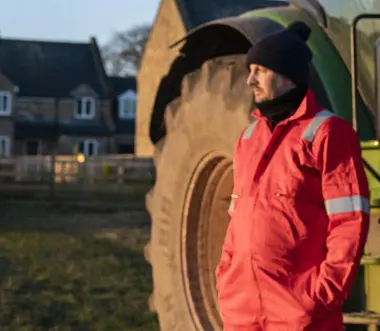
Charles Hayes
Forestry AuthorI'm Charles Hayes, I bring over 15 years of specialized expertise in landscaping and woodworking, blending artistic design with sustainable environmental stewardship. My career, fueled by a profound passion for the natural world, encompasses extensive education and hands-on experience in creating harmonious, eco-friendly outdoor spaces and responsibly managing forest resources. Recognized for my professional standing, I am committed to continuous learning and certification in cutting-edge practices. My expertise is not only reflected in my work but also in my contributions to community projects, educational workshops, and collaborations with industry leaders. As an authoritative voice in my field, I strive to share knowledge and promote environmentally conscious approaches, making me a trusted resource in landscaping and forestry.













Leave your comment